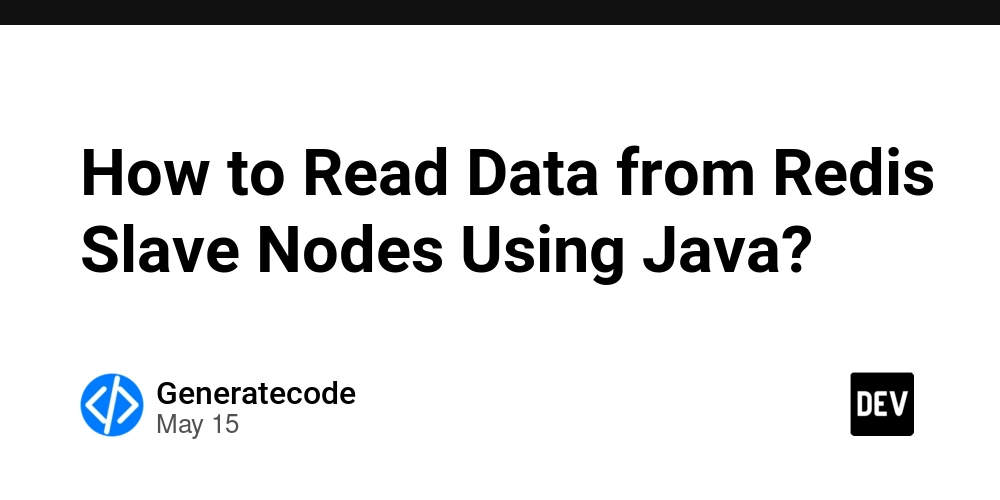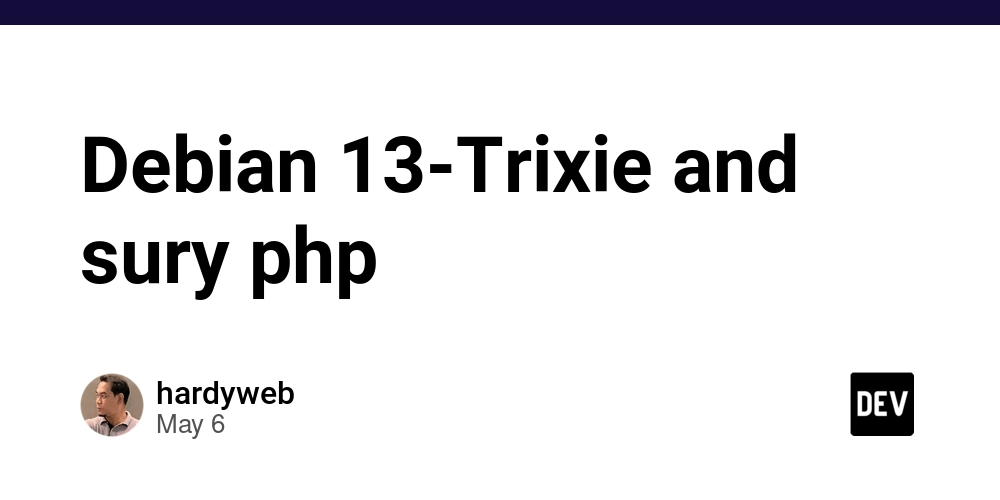Tron AML: How Developers Can Build Secure and Compliant dApps
Tron AML compliance is key for developers building on the Tron network. Discover how to create dApps that are both innovative and regulatory-ready. In the fast-growing world of decentralized applications, developers are drawn to the Tron blockchain for its speed, low fees, and scalability. But with opportunity comes responsibility—especially when it comes to Tron AML (Anti-Money Laundering) compliance. Building dApps that ignore AML considerations can lead to regulatory issues, reputational harm, or even shutdowns. That’s why understanding and implementing AML-friendly features during development is no longer optional—it’s essential. Why Developers Must Care About Tron AML Unlike traditional apps, dApps operate in a decentralized and often anonymous environment. This makes them vulnerable to misuse—fraudulent fundraising, money laundering, and illegal transfers. Regulators are paying close attention, and projects that ignore AML are in their crosshairs. By embedding compliance features early on, developers not only protect their users but also gain a competitive edge. Trust matters in crypto, and dApps that are AML-aware attract more responsible users and institutional interest. How to Build AML-Compliant dApps on Tron Here are key practices developers should follow: Integrate KYC APIs: Partner with identity verification providers like Jumio or Veriff to authenticate users. Monitor Transactions: Use analytics platforms such as Chainalysis to track high-risk wallets and flag suspicious activity. Use Smart Contract Controls: Design smart contracts with compliance hooks—limit amounts, restrict addresses, and create audit logs. Transparency by Design: Provide clear terms of use, and make your AML practices public in your dApp documentation. Collaborate with Exchanges: If your dApp involves token swaps or staking, ensure it integrates with regulated exchanges that follow AML rules. The Future of Tron AML for Developers As the legal framework around crypto evolves, AML will continue to be a major part of the development process. Tron-based dApps that take the lead now won’t just survive—they’ll thrive. By making AML compliance a feature, not a burden, developers can build more resilient, trustworthy, and long-lasting applications on the Tron blockchain. Conclusion Tron AML isn't just for compliance teams—it's now part of every developer's job. By taking proactive steps to build dApps that respect regulatory standards, you help shape a safer, more stable blockchain ecosystem. And in doing so, you set your project up for sustainable success.


Tron AML compliance is key for developers building on the Tron network. Discover how to create dApps that are both innovative and regulatory-ready.
In the fast-growing world of decentralized applications, developers are drawn to the Tron blockchain for its speed, low fees, and scalability. But with opportunity comes responsibility—especially when it comes to Tron AML (Anti-Money Laundering) compliance.
Building dApps that ignore AML considerations can lead to regulatory issues, reputational harm, or even shutdowns. That’s why understanding and implementing AML-friendly features during development is no longer optional—it’s essential.
Why Developers Must Care About Tron AML
Unlike traditional apps, dApps operate in a decentralized and often anonymous environment. This makes them vulnerable to misuse—fraudulent fundraising, money laundering, and illegal transfers. Regulators are paying close attention, and projects that ignore AML are in their crosshairs.
By embedding compliance features early on, developers not only protect their users but also gain a competitive edge. Trust matters in crypto, and dApps that are AML-aware attract more responsible users and institutional interest.
How to Build AML-Compliant dApps on Tron
Here are key practices developers should follow:
Integrate KYC APIs: Partner with identity verification providers like Jumio or Veriff to authenticate users.
Monitor Transactions: Use analytics platforms such as Chainalysis to track high-risk wallets and flag suspicious activity.
Use Smart Contract Controls: Design smart contracts with compliance hooks—limit amounts, restrict addresses, and create audit logs.
Transparency by Design: Provide clear terms of use, and make your AML practices public in your dApp documentation.
Collaborate with Exchanges: If your dApp involves token swaps or staking, ensure it integrates with regulated exchanges that follow AML rules.
The Future of Tron AML for Developers
As the legal framework around crypto evolves, AML will continue to be a major part of the development process. Tron-based dApps that take the lead now won’t just survive—they’ll thrive. By making AML compliance a feature, not a burden, developers can build more resilient, trustworthy, and long-lasting applications on the Tron blockchain.
Conclusion
Tron AML isn't just for compliance teams—it's now part of every developer's job. By taking proactive steps to build dApps that respect regulatory standards, you help shape a safer, more stable blockchain ecosystem. And in doing so, you set your project up for sustainable success.














































































